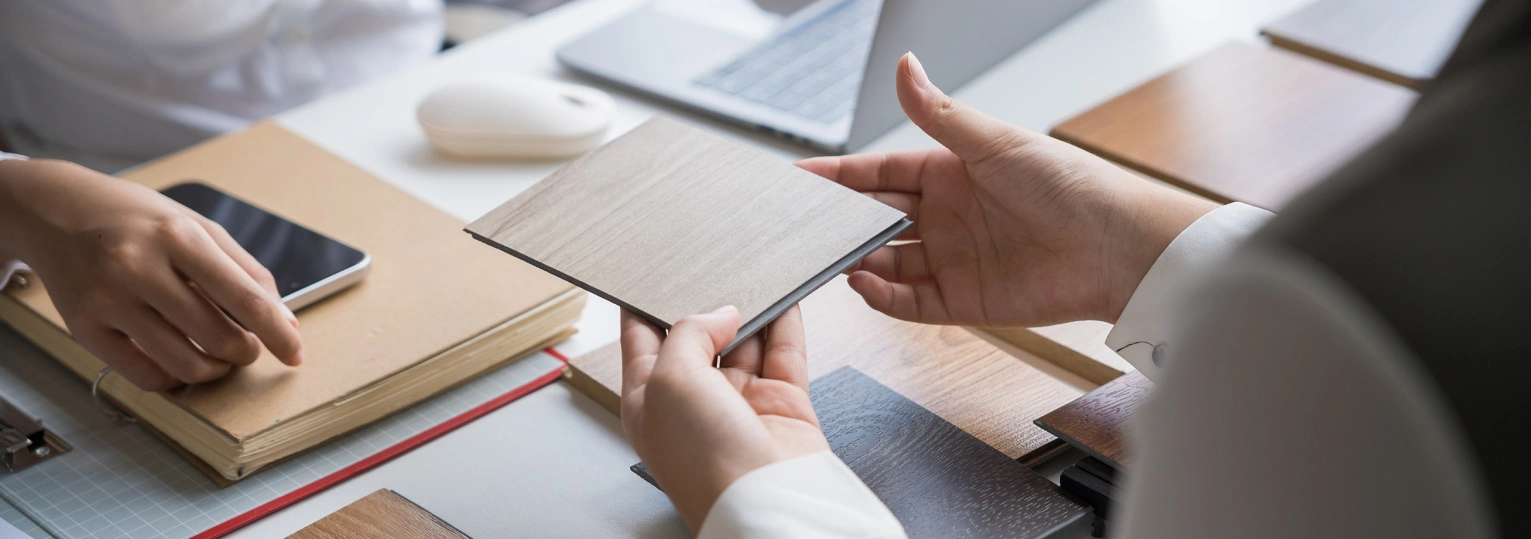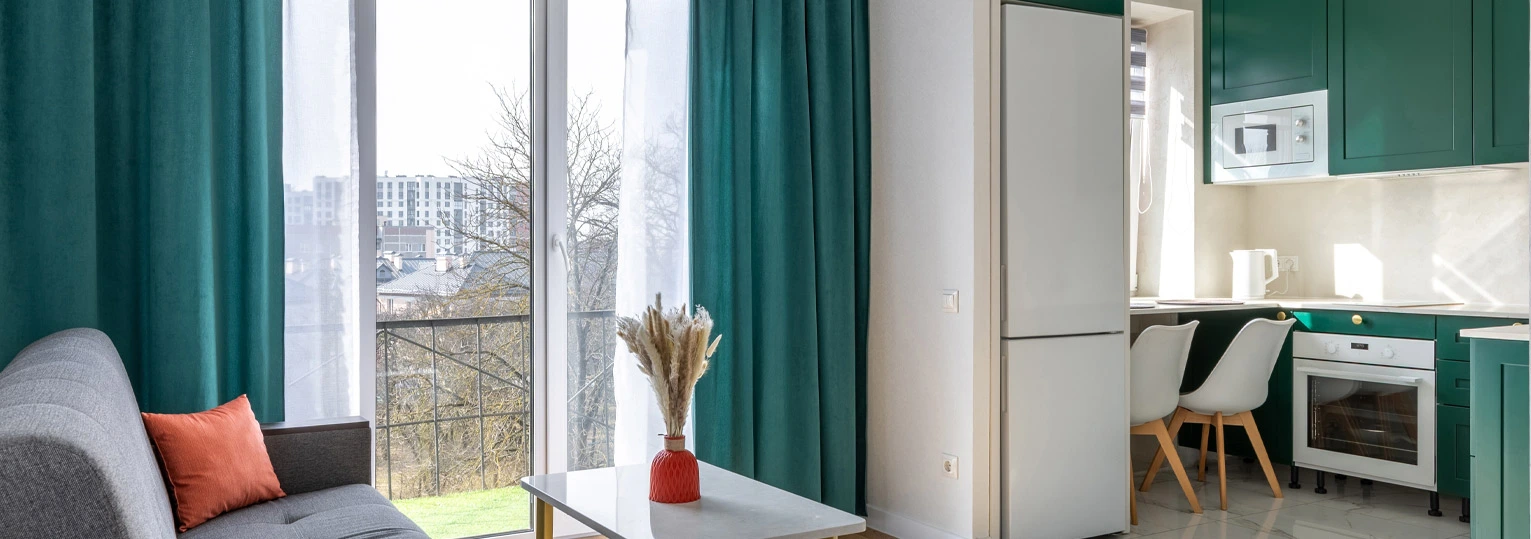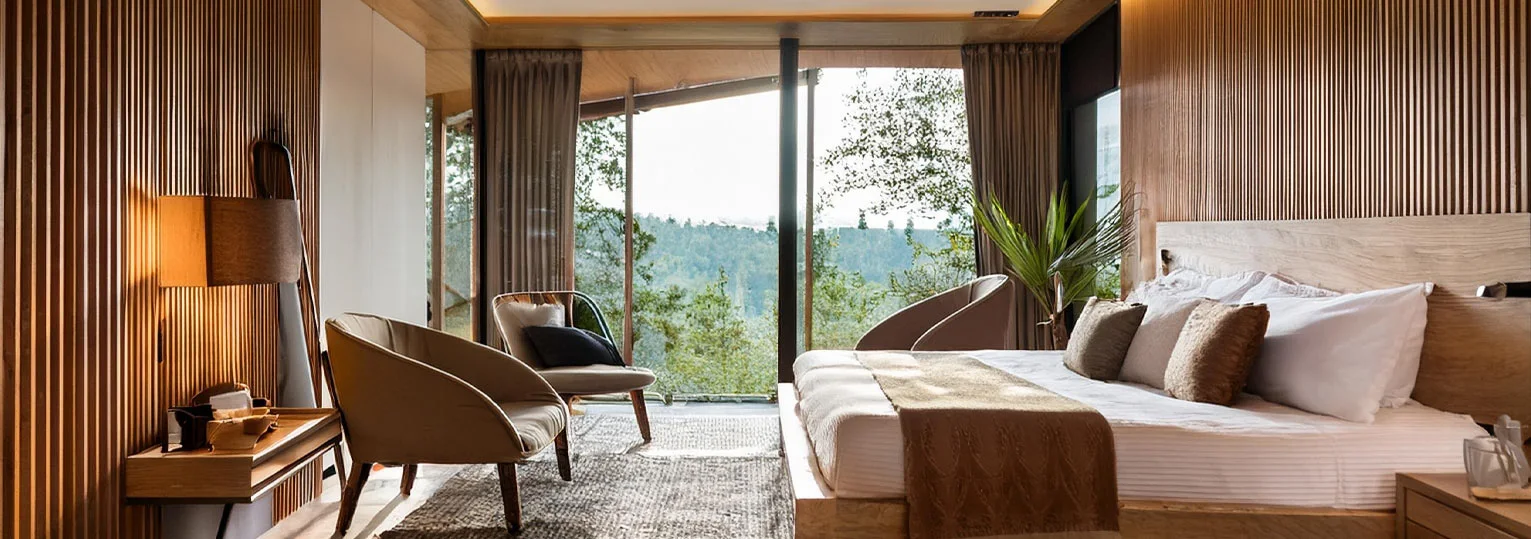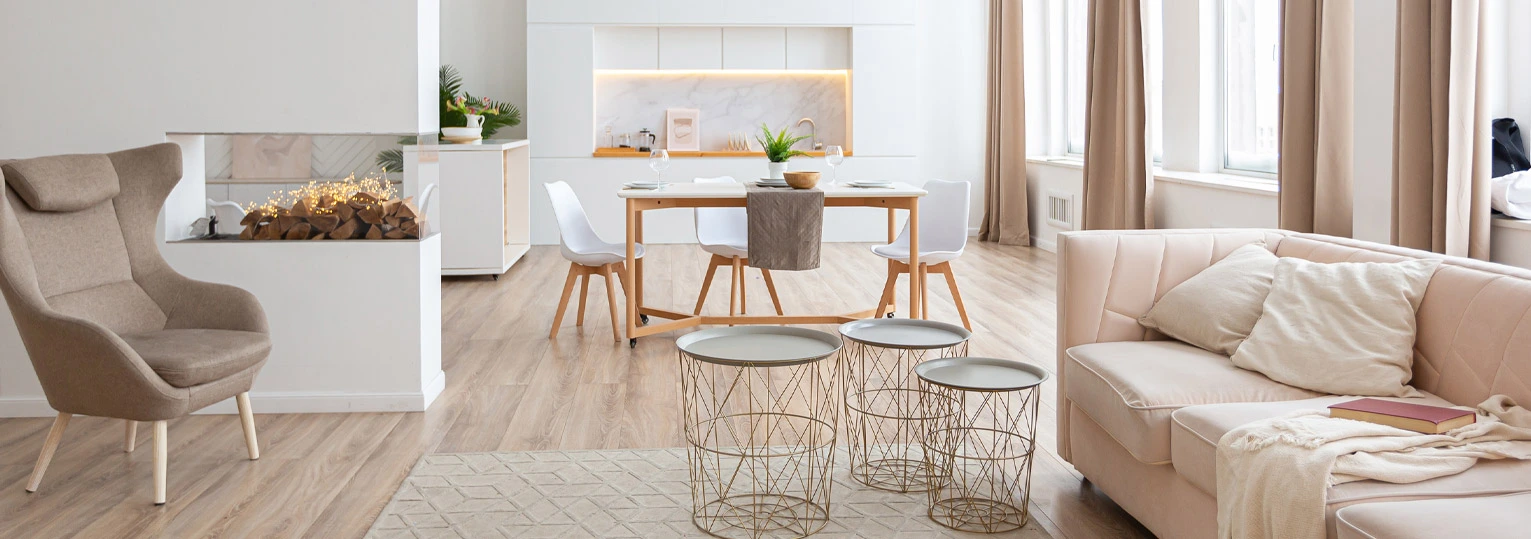3 minute read.
Our homes shape more than just our routines, they shape our mindset. Every texture, material, and layout decision we make has the potential to either elevate or disrupt our emotional well-being. We believe that mindful design isn’t just about aesthetics—it’s about how you feel in your space.
Here’s how your design choices can directly influence your mood:
Material Matters: Texture creates Emotion
The materials used in your home do more than serve a functional purpose, they trigger emotional responses. Natural elements like wood bring a sense of warmth and familiarity, making living rooms and bedrooms feel grounded and comforting. Marble or stone, with their sleek and clean finish, bring in a sense of order and calm, especially effective in bathrooms or kitchens.
Soft textures like linen, wool, boucle, or velvet invite touch and relaxation, which is why they’re great for lounges and reading corners.
On the flip side, cold or overly glossy materials can sometimes feel impersonal, especially when overused. The trick is to create balance by layering materials that contrast in both texture and emotion.
Layout Logic: Flow Shapes Feeling
How a space is arranged plays a big role in how we move and feel within it. A cramped or overly cluttered layout can unknowingly raise stress levels, while an open, intuitive layout can ease the mind. Open floor plans foster connection and movement, ideal for shared family spaces. Meanwhile, private zones or cozy nooks can offer pockets of calm perfect for winding down or working from home.
Creating clear circulation paths, zoning spaces with rugs or furniture, and keeping key areas obstruction-free are all simple yet effective layout techniques that improve both physical and mental flow.
Let Light In!
Lighting directly impacts mood and energy levels. Natural light improves focus and positivity, making it crucial for home offices, kitchens, and living spaces. Large windows, sheer curtains, and reflective surfaces can help amplify daylight.
In the evenings, layered lighting like using ambient, task, and accent lights creates a soft, comforting glow. Think warm-toned lamps in bedrooms or dimmable lighting in dining areas to set the mood for relaxation and conversation.
Colour Psychology: Visual Calm or Energy Boost
Colours are silent mood-setters. Neutral tones like beige, taupe, and ivory create a calming base, ideal for spaces where you want to unwind. Blues and greens promote tranquility and are great for bedrooms or studies.
If you’re looking to energize a room, introduce pops of colour through cushions, art, or accent furniture.
Shades like coral, mustard, or mint can breathe life into a space without overwhelming it. The key is to align your colour choices with the function and feeling of the room.
Good design should look great but more importantly, it should feel right. When your home is built with intention, every detail works together to support your peace of mind, boost your energy, and help you feel at ease.
If you’re ready to create a space that supports your mood as much as your lifestyle, we’re here to help you design with heart, purpose, and personality.



